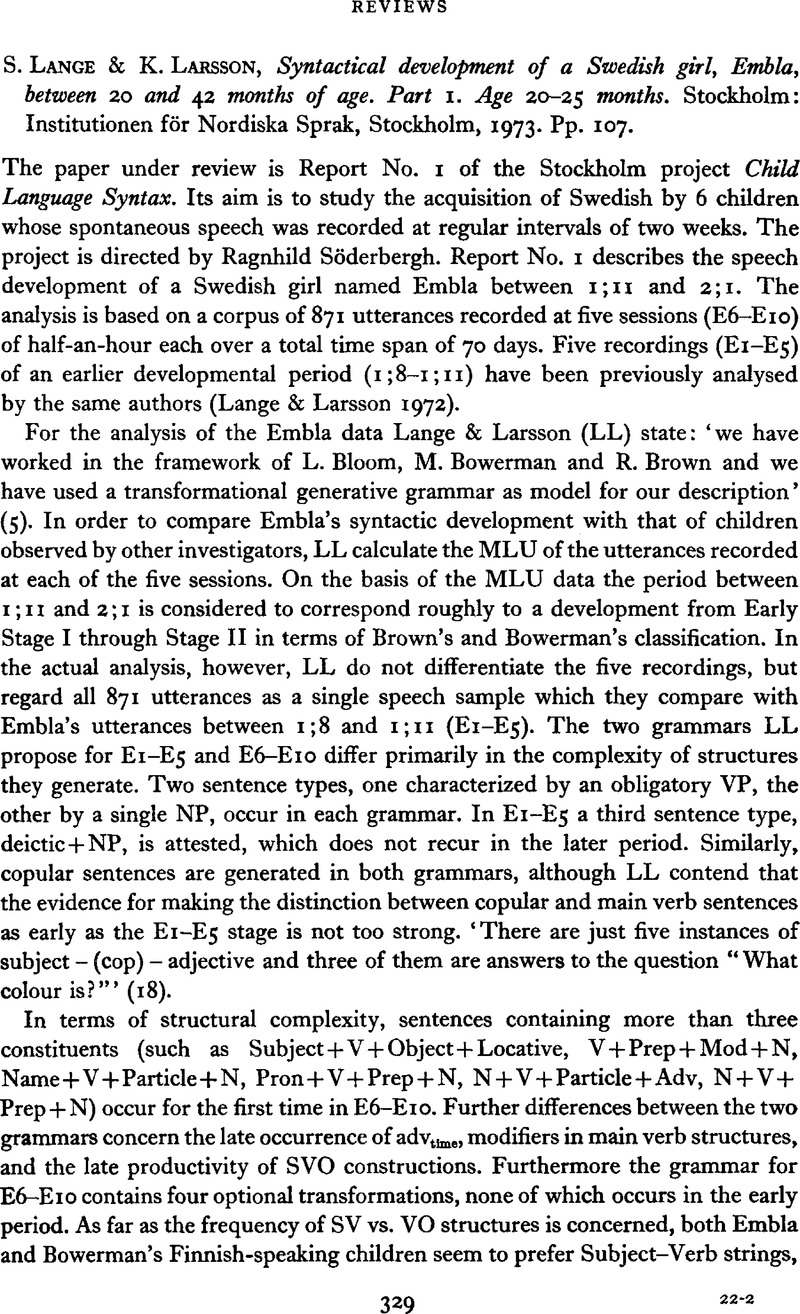Crossref Citations
This article has been cited by the following publications. This list is generated based on data provided by Crossref.
Wald, Alan
1978.
Herbert Solow: Portrait of a New York Intellectual.
Prospects,
Vol. 3,
Issue. ,
p.
419.



